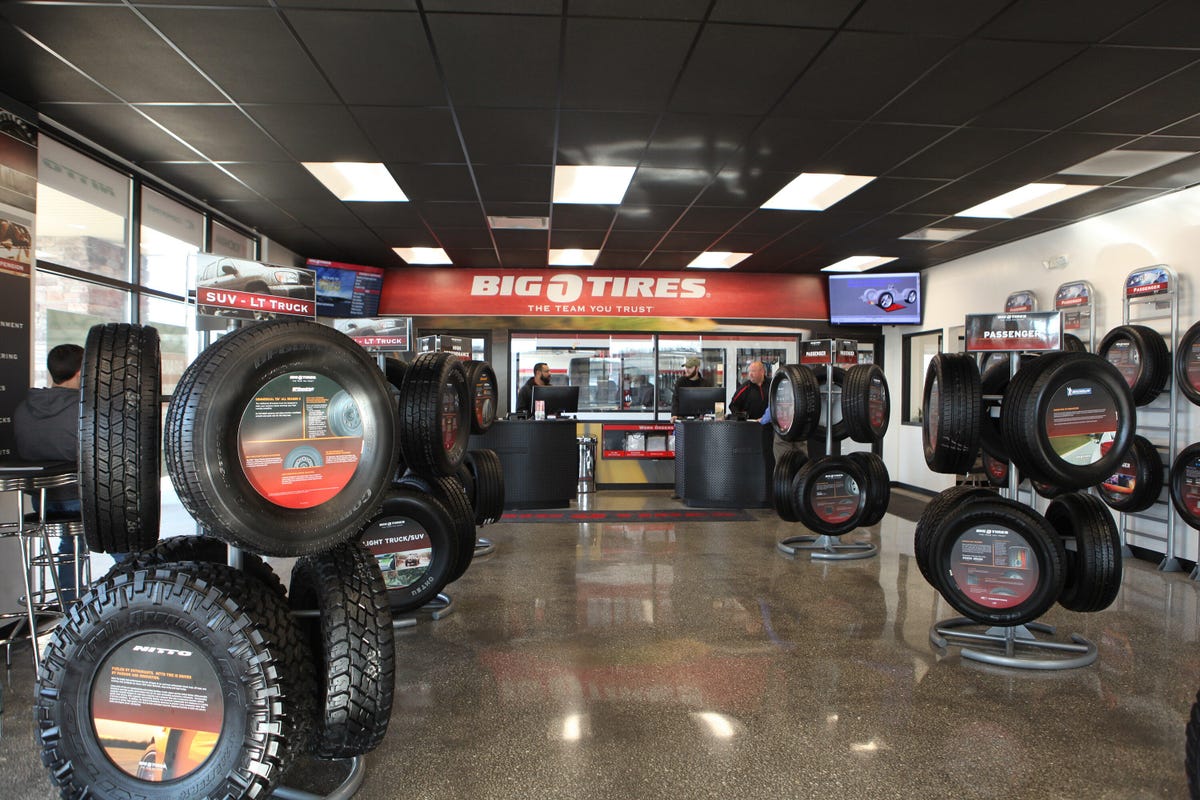Get Specialist Tire Solutions at Tire Shop Morris: Complete Satisfaction Assured
Get Specialist Tire Solutions at Tire Shop Morris: Complete Satisfaction Assured
Blog Article
Tire Service: Understanding Tire Stress Monitoring Equipments
Understanding Tire Stress Tracking Solutions (TPMS) is an essential aspect of maintaining optimal car performance and safety on the road. With innovations in automobile innovation, TPMS has actually become a typical attribute in modern-day automobiles, offering real-time info on tire stress levels. Delving much deeper into the ins and outs of TPMS, one can reveal the different elements that comprise this system and the value of each in guaranteeing precise monitoring. From direct to indirect TPMS systems, the landscape of tire pressure tracking varies, each with its distinct set of factors to consider and advantages. Stay tuned to decipher the intricacies of TPMS, from upkeep tips to the indisputable benefits of keeping your tires effectively pumped up. morris tire and alignment.

Relevance of TPMS
The value of Tire Stress Surveillance Equipments (TPMS) exists in their capability to improve automobile safety and security and efficiency with real-time surveillance of tire pressure degrees. Preserving the appropriate tire pressure is important for making certain optimum handling, stopping, and total safety and security of an automobile. TPMS offers chauffeurs with instant responses on any kind of overinflated or underinflated tires, enabling prompt adjustments to be made.
Parts of TPMS
Comprising different essential aspects, a Tire Pressure Surveillance System (TPMS) works as a sophisticated security feature in modern-day cars. The primary components of a TPMS consist of sensors, a control component, and a caution sign. Sensors are normally situated in the tire valve stem or attached to the wheel assembly, where they gauge tire pressure and transfer data to the control module. If it discovers dramatically low stress in any of the tires, the control module processes this information and activates a caution. The warning indicator, usually a sign on the control panel, informs the vehicle driver to check the affected tire or tires. Some advanced TPMS models likewise present the actual tire pressure readings for every tire, offering chauffeurs with real-time info to make sure ideal tire efficiency and security. By checking tire stress constantly, TPMS assists avoid mishaps, decreases tire wear, and enhances gas performance, making it an essential component for vehicle safety and performance.
Kinds of TPMS

On the other hand, indirect TPMS counts on the automobile's wheel rate sensing units to keep an eye on tire stress. This system detects underinflation by comparing the rotational rates of the wheels. Indirect TPMS is less costly than direct TPMS, as it makes use of existing sensing units within the car.
While direct TPMS provides extra precise analyses, indirect TPMS is less complex in style and normally needs much less upkeep. Both systems have their limitations and benefits, and the option between them typically relies on factors such as cost, automobile make, and individual preference. Recognizing the distinctions between these two sorts of TPMS can aid lorry proprietors make informed choices pertaining to tire upkeep and security.
TPMS Maintenance Tips
Effective upkeep of TPMS is necessary my explanation for ensuring ideal performance and safety and security of your lorry. Routinely examining the TPMS sensing units for any damage or corrosion is crucial. Guarantee that the sensing units are cost-free and clean from debris that might disrupt their functioning. In addition, it is suggested to inspect the sensing unit batteries occasionally and replace them as needed to guarantee exact readings. Conduct routine examine the tire pressure levels and contrast them with the TPMS readings to ensure they correspond. Recalibrate the system following the maker's standards if there are any type of discrepancies. During tire rotation or substitute, make sure that the TPMS parts are managed thoroughly to protect against any kind of prospective damage. Last but not least, if the TPMS warning light illuminates on the control panel, attend to the issue quickly by inspecting the tire pressures and the overall system for any kind of faults. By sticking to these upkeep ideas, you can lengthen the life-span of your TPMS and boost the safety of your driving experience.
Advantages of Correct Tire Stress
Preserving correct tire pressure, as emphasized in TPMS Upkeep Tips, is important for gaining the many advantages connected with ideal tire pressure degrees. One of the main advantages of maintaining the appropriate tire pressure is improved fuel effectiveness. When tires are effectively inflated, there is much less moving resistance, resulting in much better gas economy. Furthermore, correct tire stress makes sure also tire wear, extending the life expectancy of the tires and advertising image source more secure driving problems. With the appropriate tire pressure, cars additionally have much better handling and traction, especially in negative weather. This can enhance overall driving efficiency and security for the driver and travelers. In addition, preserving optimum tire stress can contribute to a smoother and much more comfortable trip by minimizing vibrations and sound brought on by underinflated tires. To conclude, the benefits of appropriate tire pressure exceed simply tire long life; they incorporate improved gas efficiency, boosted safety, far better automobile efficiency, and overall driving convenience.
Conclusion
In final thought, understanding tire stress tracking systems (TPMS) is vital for maintaining optimum tire stress and making certain vehicle safety. By acknowledging the value of TPMS, recognizing with its components, knowing the different kinds offered, sticking to proper upkeep ideas, and realizing the advantages of preserving proper tire pressure, chauffeurs can boost their driving experience and extend the lifespan of their tires. Proper tire pressure is key to secure and effective automobile procedure.

Report this page